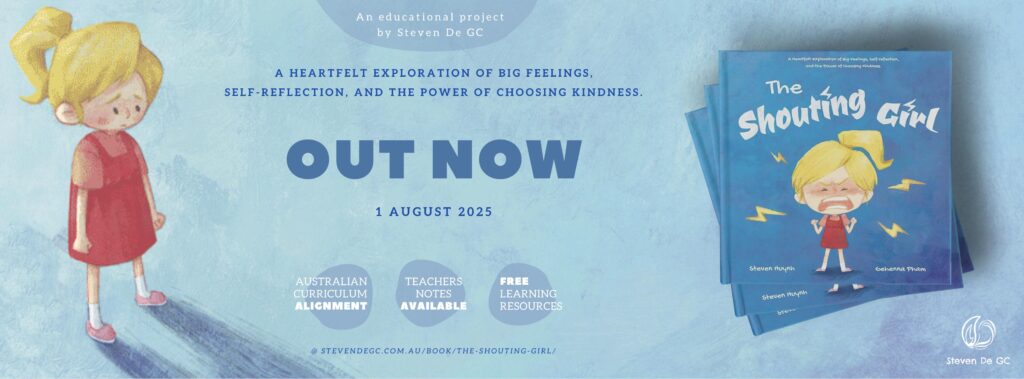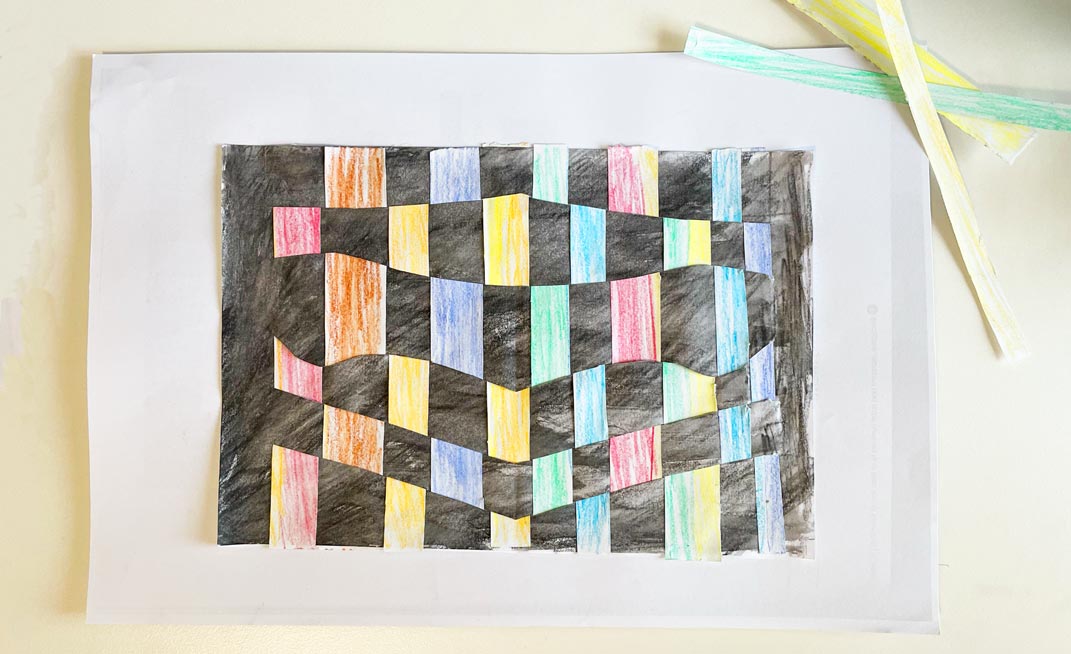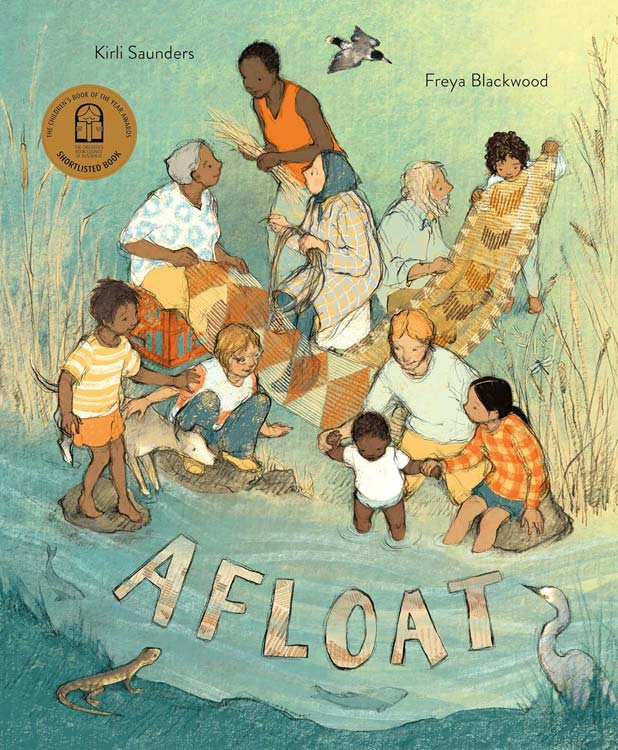First Nations
-
Paper Weaving for Year 2
📔 Afloat by Kirli Saunders• We are learning to use paper weaving as a way to design with care and practise our producing skills using sustainable materials.
-
Afloat
Written by Kirli Saunders
Illustrated by Freya Blackwood
Published by Little Hare Books
Theme/topic: Culture, First Nations, Identity, Producing, Sustainability, and Weaving
The book is a poetic and reflective story that gently explores connection to Country, identity, and community through the metaphor of water and weaving. Rooted in Aboriginal perspectives, the text provides a meaningful opportunity to learn about weaving as a cultural practice that strengthens identity and builds unity within community (AC9HP2P01 – Years 1 and 2, Health and Physical Education).
The story also opens conversations around sustainability and traditional knowledge, showing how weaving products are crafted from native plants found in local environments (AC9TDE2K01, AC9TDE2K03 – Years 1 and 2, Design and Technologies). By recognising the environmental sources and cultural significance of materials, Afloat supports an appreciation for First Nations practices and their role in caring for Country.
Shapes of Australia
Written & illustrated by Bronwyn Bancroft
Published by Little Hare Books
Theme/topic: Culture, First Nations, Shapes, Visual Arts, and Vocabulary expansion
The book is an artistic exploration of Australia’s diverse landscapes through the lens of geometric shapes. The book introduces young readers to the natural world by identifying and describing various shapes found in the environment, such as circles in the treetops, triangles in the mountains, and spirals in shells. This aligns with the learning objective AC9MFSP01, ACMMG006 (Mathematics, Foundation Year), which focuses on identifying and describing familiar two-dimensional shapes in the environment. Additionally, the book supports AC9AVAFD01, ACAVAM106 (Visual Arts, Foundation Year) by encouraging young readers to explore how visual arts express ideas about the world. Through Bancroft’s detailed and culturally rich illustrations, children learn to interpret and appreciate the unique beauty of Country through the use of shapes and patterns in visual storytelling. This beautifully illustrated book not only enhances children’s geometric understanding but also deepens their appreciation for the visual arts, making it a valuable resource for integrated learning in mathematics and art.





